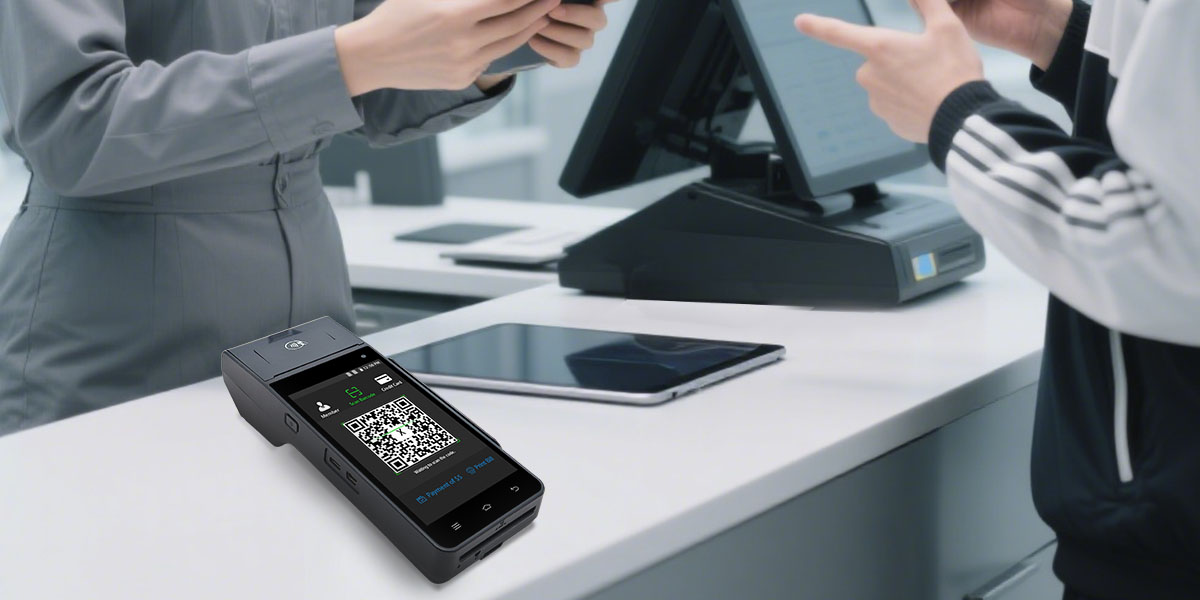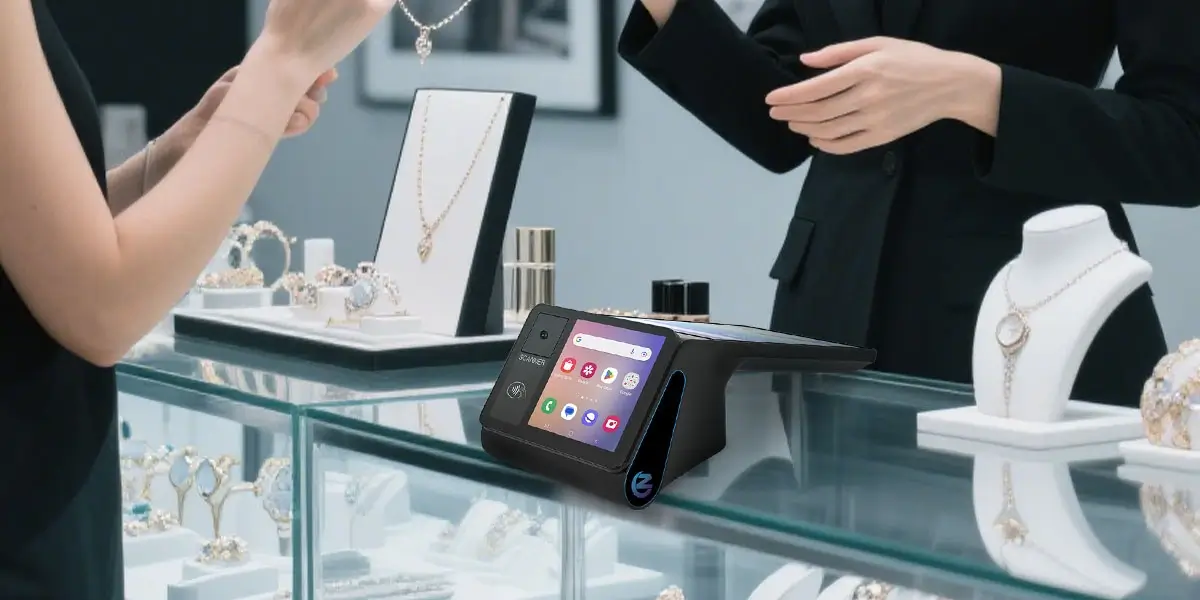

2025-05-27 Author : ZCS
In the fast-paced world of modern retail and hospitality, having the right technology to support mobile transactions is crucial. Handheld POS systems have emerged as a powerful solution for businesses seeking speed, flexibility, and accuracy. But what exactly is a handheld POS, and how does it differ from other types of POS systems? In this guide, we break down the essential facts, types, and common questions surrounding handheld POS systems in 2025.

A handheld POS (Point of Sale) system is a portable, all-in-one device that allows merchants to process sales and accept payments on the go. These devices are compact, usually run on Android or iOS platforms, and are equipped with touchscreens, barcode scanners, printers, and wireless communication capabilities. They are widely used in sectors like retail, restaurants, food trucks, delivery services, and pop-up shops.
Key Features:
Wireless connectivity (Wi-Fi, 4G/5G, Bluetooth)
Touchscreen interface
Built-in printer and scanner (in some models)
Support for card, QR code, and NFC payments
Businesses have different needs depending on size, industry, and customer flow. As such, POS systems generally fall into four categories:
Traditional, stationary setup
Common in restaurants and large retail stores
Mobile POS (mPOS):
Handheld or tablet-based
Ideal for quick-service, events, and in-aisle retail checkout
Cloud-based POS:
Software hosted online
Offers remote access, automatic backups, and multi-store synchronization
Self-service Kiosks:
Customer-operated stations
Used in fast food, cinemas, airports
POS stands for Point of Sale, which refers to the time and place where a sales transaction occurs between a business and its customer. It also encompasses the hardware and software used to complete the transaction.
A POS hold is a temporary authorization placed on a credit or debit card at the point of sale. It verifies that the customer has enough funds before the final amount is charged. Common in gas stations, hotels, and restaurants.
"POS" can be a general term referring to the place or moment of the transaction, while a "POS system" specifically refers to the combination of software and hardware used to manage sales, payments, inventory, and customer data.
No. SAP is not a POS system. It is an ERP (Enterprise Resource Planning) platform. However, POS systems can integrate with SAP to synchronize sales data, manage inventory, and enhance business analytics.
Globally, top-used POS systems include:
ZCS: Popular among small businesses and mobile sellers
Toast: Focused on the restaurant industry
Clover: Versatile for retail and service
Lightspeed: Used by retailers and hospitality venues
No, POS systems and ERP platforms serve different purposes. However, POS systems can feed data into ERP systems for unified management of sales, finances, and inventory across departments.
An example of a POS is a restaurant using a handheld Android POS device to take orders, process card payments, and print receipts directly at the table. This eliminates the need to return to a central terminal and improves customer service speed.
POS skills refer to the ability to operate point-of-sale systems effectively. This includes:
Scanning and entering products
Processing various payment types
Issuing refunds or returns
Navigating sales and inventory interfaces
POS transactions vary and may include:
Sale: A standard completed transaction
Return: Product returned with refund
Void: Canceling a transaction before it is finalized
Refund: Returning funds post-sale
Pre-authorization: Holding funds temporarily
Tracking a POS device can be done by:
Using built-in GPS (for mobile POS)
Cloud management dashboards
POS provider’s device tracking tools
IP logging or geofencing capabilities

A PoS limit refers to the maximum amount that a customer can spend using their debit or credit card at a POS terminal. These limits are set by banks or card issuers and vary based on account type, usage, and region.
POS systems are used for:
Processing payments (card, mobile, cash)
Managing inventory and pricing
Generating sales reports
Issuing digital/printed receipts
Connecting with customer loyalty programs
They serve as the operational heart of many businesses, enabling both front-end transactions and backend data management.

Z91 NFC Barcode Printer Android POS
Z92 Android 13.0 Mobile Handheld POS
Z108 8inch 3.95'' Desktop/Portable Android POS
Top Features of Contactless POS Terminals: What You Need to Know